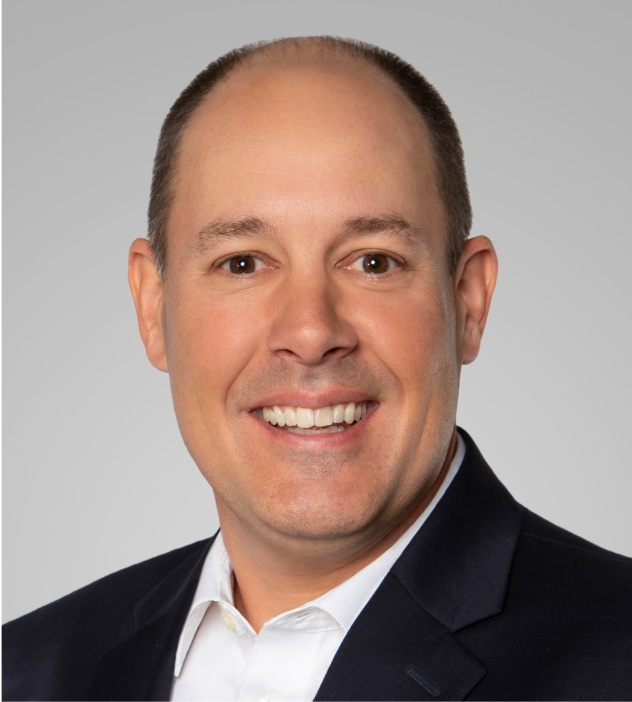
Most Americans understand the concept of a 401(k) plan; 401(k)s have become mainstream and almost expected in the workplace. With the transition from pension plans to the 401(k) environment there are now trillions of dollars invested in these plans. However, many companies have implemented 401(k) plans without a strategy, resulting in the need to play catch up with the current plan environment. Therefore, it’s important for plan trustees to understand the why behind the plan and craft a strategy accordingly.
The main goal for most organizations should be to maximize the opportunities for employees to save enough money for retirement. This may seem elementary, but organizations that don’t focus on this goal may be left with an aging workforce that can’t afford to retire. That can lead to fewer opportunities for younger team members to advance and increase the likelihood of losing your top talent.
Plan administrators and trustees should consider the following questions, whether they are in the initial 401(k) implementation stage or reviewing an established plan.
1. Why are we offering the plan?
Two main reasons to implement a 401(k) plan and remain competitive in the workplace are to attract potential employees or to use it as an employee retention tool. Depending on which direction the company decides to focus, there are plan design strategies related to matching contributions, vesting provisions, and eligibility that need to be considered. In addition, many plans are interested in maximizing executive level contribution opportunities.
2. What is our employee demographic?
The age and composure of the workforce may also dictate whether implementing a plan is feasible and what the plan provisions may look like. If a plan has a young, transient workforce, then longer service requirements for eligibility should be considered. Additionally, auto enrollment provisions which can increase plan participation considerably may not be the best option with this type of demographic, as it may result in an increase in plan participants with smaller balances, which can lead to higher administrative costs.
3. What are our short-term and long-term goals?
Plan trustees should establish tangible goals and benchmarks for the plan. These can range from a target participation rate or increase, providing employee education, or determining whether the plan should consider safe harbor provisions. Retirement plan committees should meet on a regular basis to assess how the plan is performing compared to established benchmarks and assess fees charged to participants. These meetings are enhanced by the participation of the plan advisor, plan accountant, or plan custodian to bring to light current trends and techniques used by similar size plans.
Giving employees an opportunity to save for retirement is not a specific enough goal. Your 401(k) plan should be tailored to your company’s current demographic and behavior, whether you are initially establishing the plan or reviewing an existing plan. Constant communication with retirement plan specialists is imperative in securing a successful plan strategy to ensure your employees stay on the path to retirement savings success.
Roman Leshak, Jr. can be reached at Email or 215.441.4600.
You may also like:


